#knepp
Text

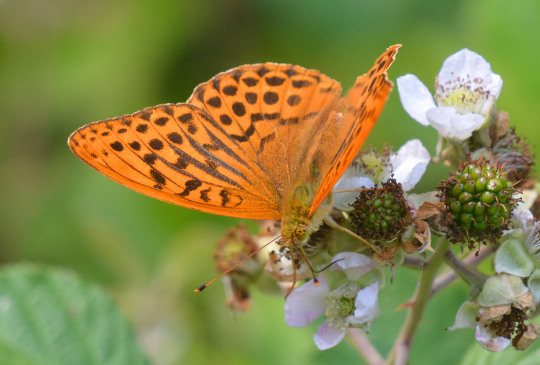



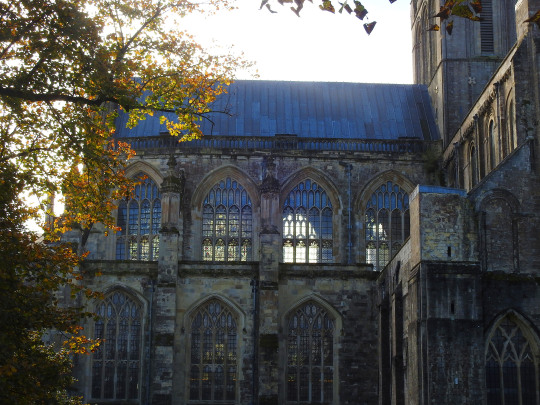
Photos from this year so far of a summer view at Lakeside Country Park, Silver-washed Fritillary, Small Skipper and White Stork at Knepp on an incredible day in July, Stonechat on another wonderful day at Thursley in September and Winchester Cathedral last week.
#photography#birdwatching#butterflies#small skipper#silver-washed fritillary#white stork#stonechat#thursley#thursley common#winchester cathedral#knepp#lakeside country park#hampshire#sussex#surrey#eastleigh#england#uk#earth#summer#autumn#nature#insects#2023#photos#europe#outdoors
6 notes
·
View notes
Text

Knepp Estate, West Sussex - Paul Ockenden, September 2022
3 notes
·
View notes
Text
youtube
They transformed this Dead Land to Wilderness
1 note
·
View note
Text

#nature photography#nature#nature photographer#photographers on tumblr#outdoors#nature lover#rewilding#trees#planet earth#mother nautre#stillness speaks#knepp estate
523 notes
·
View notes
Photo

Title: The Last Five Years
Rating: PG-13
Director: Richard LaGravenese
Cast: Anna Kendrick, Jeremy Jordan, Natalie Knepp, Bettina Bresnan, Marceline Hugot, Rafael Sardina, Allison Macri, Alan Simpson, Nic Novicki, Tamara Mintz, Cassandra Inman
Release year: 2014
Genres: romance, drama, comedy
Blurb: In New York, a struggling actress and a successful writer relive their failed marriage from two perspectives.
#the last five years#pg13#richard lagravenese#anna kendrick#jeremy jordan#natalie knepp#bettina bresnan#marceline hugot#2014#romance#drama#comedy
18 notes
·
View notes
Photo


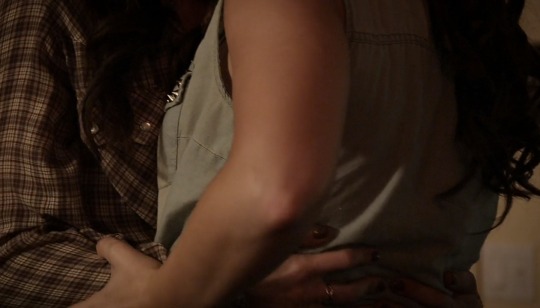
Alto (Mikki Del Monico, 2015)
38 notes
·
View notes
Text

My Big Gay Italian Mafioso Wedding Alto is cheesy and silly and I absolutely love it. Diana Degarmo (American Idol -Season 3) and Natalie Knepp deliver a WLW romantic comedy with music, humor and a ton of Italian stereotypes, but most importantly, a happy ending.
3 notes
·
View notes
Text
The ultimate in 'slow' radio.
A brand-new online radio platform that will broadcast ‘nothing but nature’ on its airwaves has been launched by the University of Sussex.
Instead of celebrity DJs, political chat or Ed Sheeran’s latest single, ‘Wilding Radio’ - which is thought to be the first live broadcast from a rewilding area - will record and broadcast the live soothing sounds of Sussex nature, 24 hours a day, seven days a week.
Developed by a researcher at the University of Sussex, it enables people to tune in to the sounds of nature at the Knepp Estate in West Sussex – one of the UK’s leading rewilding projects.
1 note
·
View note
Text
This is a really exciting development! We've already seen the positive effects of beavers returning to their historic range here in North America, so it's even better to see the same thing underway across the Atlantic. A single pair with their first litter of kits certainly isn't a large-scale reintroduction, but it's proof that these animals have the capacity to get back to work here.
Beavers are often called ecosystem engineers, and for good reason. These keystone species alter waterways by building dams and lodges, creating ponds and other aquatic habitats for species that can't handle faster-moving water. These also often serve as water reservoirs during summer droughts. The dams and lodges themselves may also provide nesting sites for birds and shelter for other animals, plants, and fungi.
Sadly there are still people who want to see beavers trapped and hunted as pests because their dams can sometimes flood fields, to include those that were historically seasonal wetlands. Until we stop seeing animals' value only in terms of whether they're useful to us or not, the beavers are going to face opposition as they reclaim their old territories on both continents.
Nonetheless, I give a hearty cheer to the Mammalian Corps of Engineers!
#beavers#beaver#mammals#rodent#wildlife#animals#ecosystems#ecology#restoration ecology#nature#environment#conservation#science#scicomm#hopepunk#endangered species#extinction#biodiversity#wild animals#good news
987 notes
·
View notes
Text

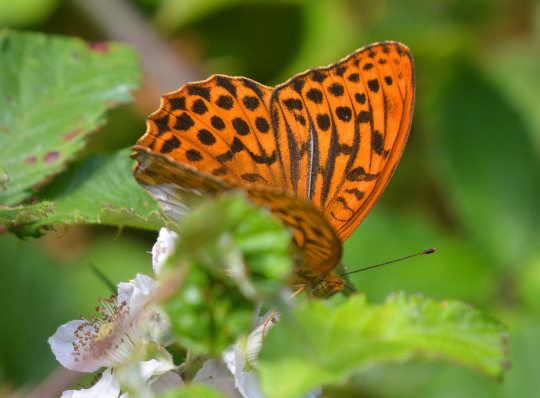
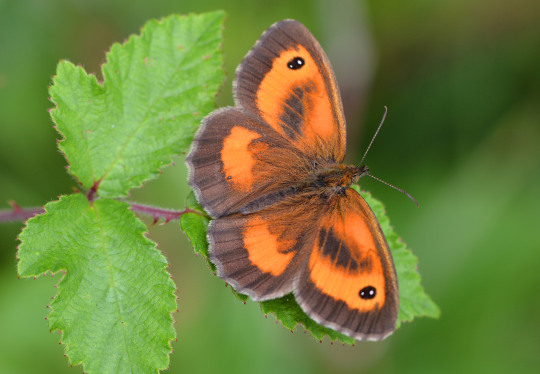


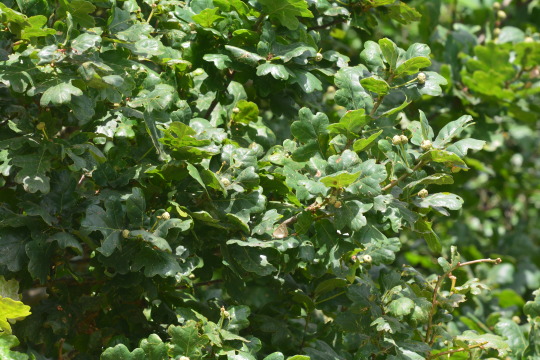
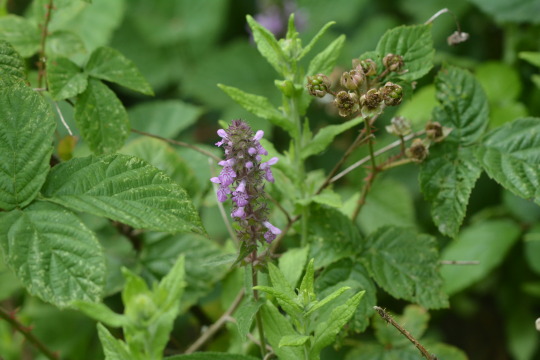



02/07/2023-An amazing day at Knepp
Flora and fauna photos taken in this set: 1. Some inspirational White Storks, I was euphoric to see these mesmerising birds flying right from the start of the visit at the walker's car park and with around five in the air at one point, on nests, with young, feeding young, uniquely for this annual visit for us on the ground in grass and hear their distinctive and joyful clacking sounds. It still feels quite surreal to see these birds in the British countryside and yet they feel so in place, what amazing work this project has done I loved the views we got of them today. 2. Silver-washed Fritillary, I saw my first of the year of these golden butterflies the species that got me into butterflies, a bonus one to the usual key butterflies here that I hoped we might see. 3. Gatekeeper, a key one seen on a butterfly bonanza. 4. Purple Emperor, I felt so honoured and lucky that we saw possibly as many as twenty of these gigantic and extremely prepossessing butterflies today the other main species alongside White Stork we came for and what first attracted us here. We got exhilarating and exquisite views of them dancing along the tree tops, fighting and landed. 5. Common toadflax in the sun, the first I'd seen on a walk this year a flower I like and have seen here before. 6. Purple Hairstreak, it was wonderful to see many of these astonishing butterflies well too capping off an extraordinary week I've had for seeing them the best week I've had for them in terms of how many I've seen at Lakeside and here. 7. Marsh woundwort, another flower seen well. 8. A White-letter Hairstreak, we had hoped to see one and all thanks to a kind man (and his lovely dog) that we got talking to who alerted us to them in an elm we saw some. A butterfly we didn't see at all last year, it was a strong addition to the day and year. What a moment to watch them. 9. A lovely Mistle Thrush I enjoyed seeing. 10. Fallow Deers, always great to see here.
Another hoped for addition to the core targets we saw was White Admiral, the four butterfly year ticks (this, White-letter Hairstreak, Silver-washed Fritillary and Purple Emperors) took my butterfly year list to 41 after an amazing few butterfly weeks putting me in such a great position. I thought to myself before today I could see these four here but didn't think I'd see them all so was ecstatic when I did and it felt very efficient to see the extra ones. My first Yellow Shell moth and charming black and orange Cinnabar Moth Caterpillars of the year and Red Admiral, Comma, Large Skipper, Small Skipper, Marbled White, Meadow Brown, Ringlet, Broad-bodied Chaser, Banded Demoiselle, Red Kite, Buzzard, Green Woodpecker, Swallow, House Martin, young Great Crested Grebe and Coot on the lake, Goldfinch, House Sparrows, Common Red Soldier beetle and hearing Jay, Wren and Chiffchaff were other highlights. Teasel, dock, self heal, white clover, garden loosestrife, foxgloves, mallow, centaury, buttercup, great willowherb and cuckoo-pint were other key plants seen. What a sensational wild day with truly so much seen, another of my days of the year.
#photography#wildlife#wildlife watching#birdwatching#knepp#rewilding#sussex#uk#england#europe#white stork#purple emperor#purple hairstreak#white letter hairstreak#white admiral#green woodpecker#jay#mistle thrush#silver-washed fritillary#cinnabar moth caterpillar
4 notes
·
View notes
Text
Modern farmers and landowners, however, are prejudiced against scrub because it is considered unproductive. As a result it has been almost entirely eradicated from Britain. Scrubland is almost ubiquitously described as wasteland. It was not always so. In medieval times, scrub species were highly valued, and scrub was anything but a dirty name. The iron-rod stems of blackthorn were used for walking sticks and its fruit – sloes – for medicines and flavouring wine and gin. Brambles, like elder, produce edible berries that were also useful for dyes. Hawthorn makes good walking sticks, as well as tool handles, and was used for stock-proofing, and produces hawberries for preserves and sauces. Hazel was for hurdles, thatching spars, basketry, furniture and charcoal; willow for charcoal-making and basketry, cricket bats and medicine. Charcoal from alder and dogwood made gunpowder. Broom, of course, made excellent brooms. Juniper was for smoking meats and making pencils, its berries for distilling oil, and flavouring game and gin. Spindle was for skewers, toothpicks and baskets. Wych elm made bows, furniture and threshing floors. Birch provided cotton reels and bobbins, firewood, brooms and roofing thatch; its bark was for waterproofing and tanning. Birch wine, fermented from sap, was used as medicine and young birch leaves were a diuretic. From the dog rose came rosehips – which we now know are exceptionally high in vitamin C – for syrups, sauces and jellies. Gorse – known as ‘furze’ in Sussex – was fodder for animals and fuel for kilns and ovens. A buffer of thorny scrub was often encouraged around woodland to prevent the ingress of grazing animals. Place names like Thorndon, Thornden, Thornbury, Haslemere, Hazeldon, Spindleton, Hathern (hawthorn), Hatherdene, Brambleton, Barnham Broom, Broomhill, Broompark, pepper the map of Britain. Our own field names at Knepp recall the days when scrub was an asset – Benton’s Gorse, Broomers Corner, Broom Field, High Reeds, Cooper Reeds, Faggot Stack Plat, Bramble Field, Rushett’s, Rushall Field, Little Thornhill, Great Thornhill, Stub Mead, Barcover Furzefield, Swallows Furzefield, Coates’ Furzefield, Greenstreet Furzefield, Constable’s Furze, Pollardshill Furze, Old Furze Field, Furzefield Plat, Great Furzefield and lots of Little Furzefields.
Isabella Tree, Wilding: The Return of Nature to a British Farm
88 notes
·
View notes
Text

Forestil dig at kneppe mig som en form for afstresning
10 notes
·
View notes
Text
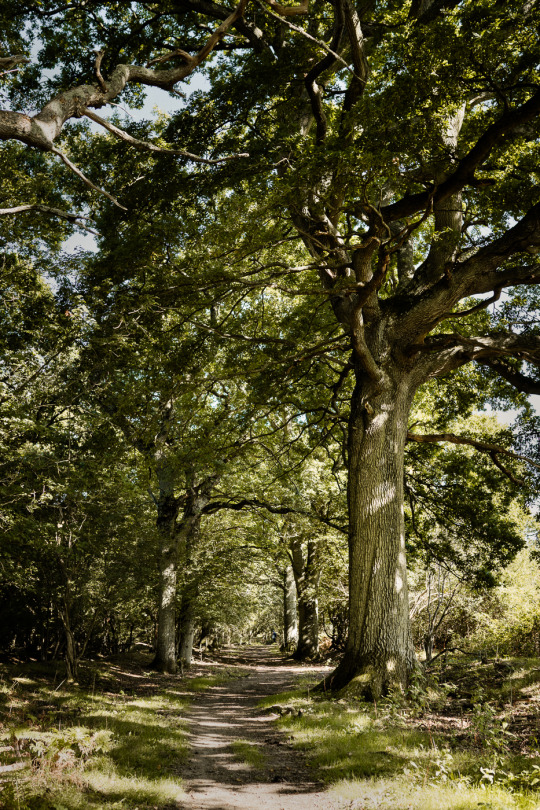
#nature photography#nature#nature photographer#outdoors#nature lover#photographers on tumblr#summer#rewilding#knepp estate#bokeh#trees#planet earth
61 notes
·
View notes
Text
‘Only when livestock numbers fall so far that their husbandry scarcely qualifies as food production is animal farming compatible with a rich, functional ecosystem. For example, the Knepp Wildland project, run by my friends Isabella Tree and Charlie Burrell, where small herds of cattle and pigs roam freely across a large estate, is often cited as an example of how meat and wildlife and can be reconciled (..)
If their system were to be rolled out across 10 per cent of the UK’s farmland, and if, as it’s champions propose, we obtained our meat this way, it would furnish each of the people of the United Kingdom with 420 grams per head, enough for around three meals. This means a 99.5 per cent cut in our consumption (…) If all the farmland in the U.K. were managed this way, it would provide us with 75kcal per day (one thirteenth of our requirement) in the form of meat, and nothing else.’
George Monbiot, Regenesis: Feeding the World Without Devouring the Planet
#george monbiot#vegan#food security#sustainability#local tho#regenerative farming#quotes#enviroment#ecology
135 notes
·
View notes
Text
I'm still working on the comic rn but have a photo of DR Knepp instead while you wait lol



#scp containment breach#scp foundation#scp community#scp fandom#scp oc#scp fanart#scp lb#scp doctors#scp shitposting
9 notes
·
View notes
Photo



Alto (Mikki Del Monico, 2015)
25 notes
·
View notes